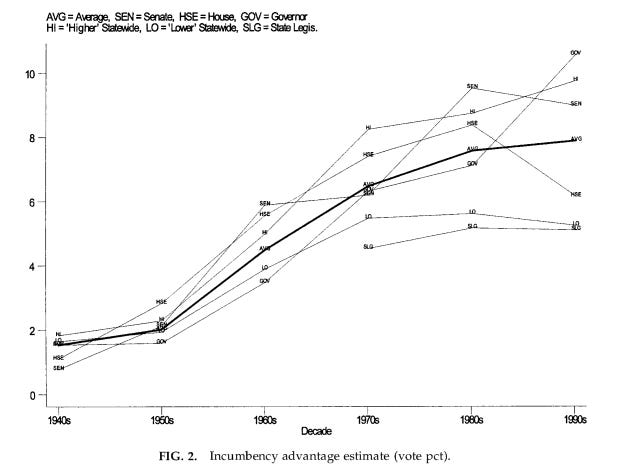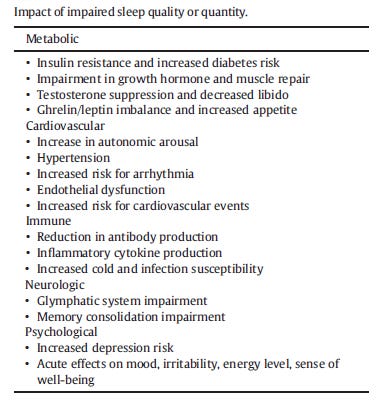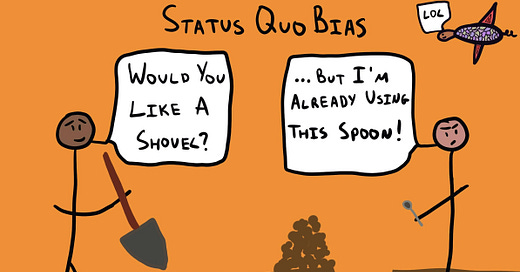My credit number was stolen. I checked my bank account and noticed they siphoned off about $300 each month. Somehow, the annoyance of losing a few hundred dollars felt less painful than the hassle of updating my card details across websites for my car insurance, lawn maintenance, and Pringle purchases on Amazon. So I waited. Like an idiot. Until the cyberhackers (or irritated bartender who received a cheap tip) started charging $400.
This is inertia. Otherwise known as a status quo bias. It is so powerful that a psychologist could write a book detailing its effects (Chapter 2 - here) and still fall prey.
We often stick to what's familiar, even when it comes to mundane decisions like choosing a brand of toothpaste or cable provider. This steadfast loyalty extends even when the products or services used are less than stellar.
Inertia is a powerful force (read this prior article on the [link to creativity]).
It's why companies like airlines lure us into their frequent flyer programs. Once we've accumulated points and enjoyed the perks, it's hard to switch to another airline and start from scratch. The same principle applies to relationships. Starting anew with a different partner, retelling your childhood stories, and navigating through different life stages can feel overwhelming. So, unless there's a deep-seated dissatisfaction with our current habits, inertia becomes a viable option.
Interestingly, this tendency to favor the status quo extends even to political choices. Non-partisan voters tend to stick with incumbent politicians, even when presented with objective, negative information about their performance in office (see meta-analysis here along with a study of the incumbency advantage in elections from 1942-2000 - here).

A Few Reasons
The psychological and financial costs of change are underestimated. We may bemoan the state of our cable TV service or grumble about our airline's lack of punctuality, but the thought of spending time and energy on researching alternatives, reading reviews, and learning new routines can feel exhausting. Inaction, in comparison, seems blissfully easy.
Cognitive limitations often lead us to opt for inaction. Faced with an array of alternatives, decision-makers may find the easiest route is to maintain their current course. Evidence supporting this includes studies showing an increase in decision postponement as the number of options grows Consequently, sticking with defaults demand less mental effort. Simplicity is overly weighted in decisions. Optimality is ignored.
Thankfully, there are ways to escape this internal obstacle to deep thinking.
Breaking Free from the Status Quo Bias
Recognize that people tend to favor the familiar and are resistant to change. The next time you're trying to convince someone to adopt a new approach or idea, highlight the risks of inaction and emphasize the potential negative consequences of not addressing problems early. When trying to persuade people to choose a newer alternative, be very concrete about what the costs will be if they choose action over inertia.
When proposing a new computer program for salespeople to detail their transactions, it's crucial to be honest about the initial pain point. You might say,
In the first few weeks, you may find it annoying to navigate this new system and transfer information from the old system. You might lose a few hours each week, which could equate to a temporary loss in sales. But let's not stop there. After these initial few weeks, you will start to see the benefits. This new system will help us identify your successes quicker and more accurately, leading to well-deserved bonuses being rewarded faster. So, while there is guaranteed short-term pain, the long-term gains far outweigh them. Will you give it a try?
While inertia and the status quo bias are formidable adversaries, they can be dismantled. These internal monsters will try to slow you down, whispering words of comfort and familiarity. But the power to silence them lies within you.
Provocations
Here are a few ways to deviate from assuming that default settings in our life (and other people’s lives) embrace goodness…
Choose the Adventure: Regard change as a thrilling escape from the mundane. Picture the exhilaration of unearthing a new favorite brand or the satisfaction of securing a more dependable service. Kickstart this journey by dedicating a specific time slot each week to explore alternatives for something that isn't working well in your life or work. Tap into online reviews, solicit recommendations from friends, or experiment with free trials. Maintain an open-minded attitude by asking expansive questions. Exercise healthy skepticism by scrutinizing the merits of a new option and weighing it against the potential inconvenience of change (for more, click here). Approach every set of options as a hypothesis to be tested. Question assumptions like, "Are all foam rollers/ketchup brands/keyboards essentially identical, so switching wouldn't matter?" Recently, I embarked on a three-day expedition to find the perfect bed mattress. I asked the saleswoman to conceal the prices, allowing me to focus on quality rather than misleading indicators like popularity or cost. I imposed a rule on myself: no purchases until a 24-hour grace period had passed and every appealing mattress had been tested twice. The outcome? I invested in the most expensive mattress I've ever owned. Now, I often opt out of travel, preferring the comfort of my sleep sanctuary (the Helix Twilight Luxe). I urge you to consider a similar experiment, perhaps incorporating pillows and sheets into the mix. Sleep is too precious to be compromised by sticking to unsatisfactory patterns.

Do not skip this fantastic 2023 review of sleep hygiene - here View change as a break from monotony.
Make a Game of It: Set a challenge to try a new product each month or switch up one routine each week. It could be as simple as the functional mobility stretches you do while winding down from work and being online, before you sleep. My favorite:
Small Steps First: Don't overhaul your life in one go. Start with small changes, like seeing if you can call an insurance company to lower costs before switching providers. I called GEICO and told them I am writing a column on switching costs and wondered how they could lower my automobile insurance before investigating competitors. What happened? She lowered my annual bill by 10%! Try it and leave a comment on whether it worked.
Set Clear Goals: Be clear about what you want to achieve from the change. Having a clear goal can help you stay focused and motivated. As an independent voter in political elections I think about 3 things that are most important to me and how each candidate fares on these objectives. I do not let myself get distracted from issues that are irrelevant to me, my family, and my closest friends.
Learn from Others: Find examples of people who have successfully made similar changes. Their stories can inspire you and offer practical tips. But be wary of the survivor bias. Also search for horror stories - read those 3-star reviews online, which tend to be the most accurate (link). Which is why if you are buying a book, go to Goodreads, not Amazon. Because Amazon tends to be dominated by friends of the product creators whereas on Goodreads people are very serious about their books. You will find that almost every book has a lower average rating on Goodreads (mine included).
Remember, breaking free from inertia doesn't have to be a chore. And also, sometimes the status quo is the best choice. Sometimes the incumbent is the best option. Just aim for greater intentionality by avoiding mental biases.
Thanks for reading Provoked. If you’d like to support my work please:
Leave a ❤️ so that others can find it;
Leave a comment (I respond to each of them);
Share this post by email or on social media;
Start a paid subscription to this Substack (with lots of benefits).
Todd B. Kashdan is an author of several books including The Upside of Your Dark Side (Penguin) and The Art of Insubordination: How to Dissent and Defy Effectively (Avery/Penguin) and Professor of Psychology and Leader of The Well-Being Laboratory at George Mason University.
In Case You Missed the Prior Issue:
A Cheat Sheet for Fixing Broken Systems - Politics, Education, Law, Work, Relationships
Every day in America seems like the perfect time to discuss principled dissent. Just yesterday, some guy tracked a middle-aged woman down (who probably makes minimum wage) as a Home Depot cashier. Her offense? She wrote something malicious about Donald Trump on Facebook (“






Great tips. Coupling this bias to Inertia with Choice Paradox (satisfaction being inversely proportional to sheer volume of options), it’s a wonder that humans ever achieve change at all. A lot of effort and willful intent is required.